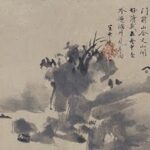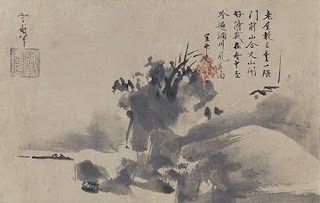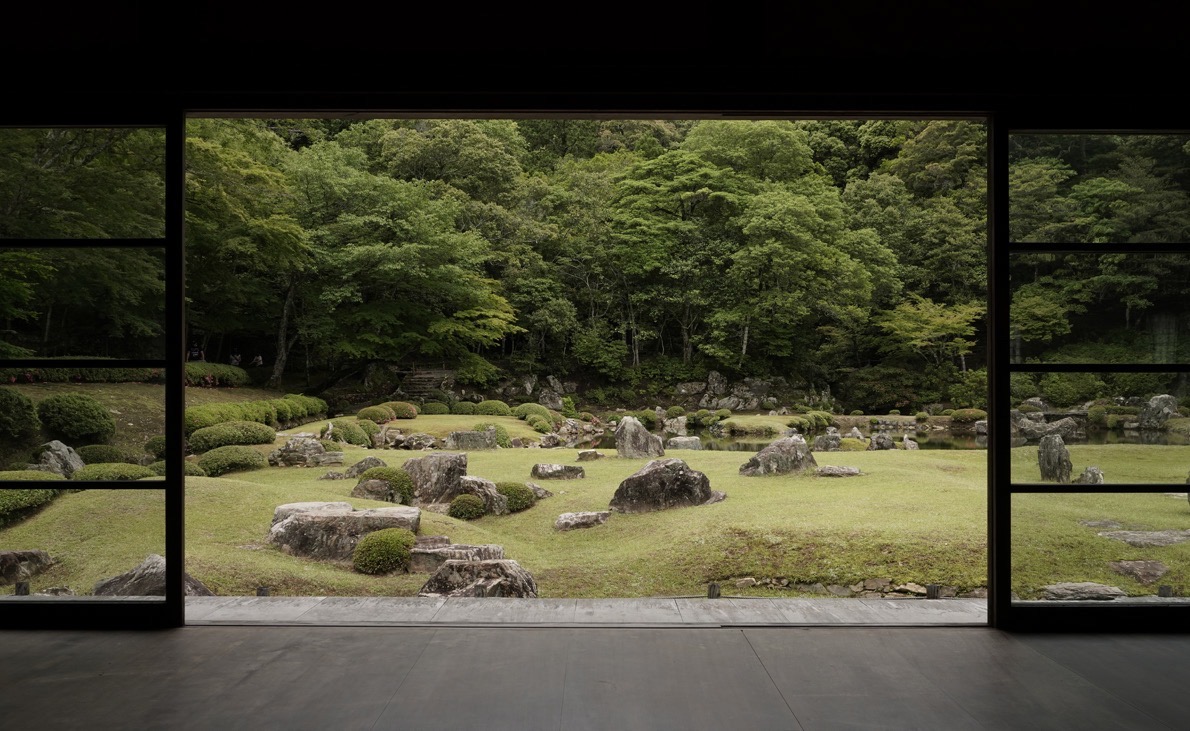>こさださん
いきなりドミニクの音楽についての核心をつくコメントをありがとうございます!
実は、私が5月にドイツにドミニクに会いに行った時、彼に渡した手紙に書いた内容が正にこさださんの言われている内容です。
私は下にある動画のドミニクのコメントを聞いて、まずドミニク自身が日本人が自分の音楽をかなり真剣に聞いてくれる事を実感としているんだ、という事を知りました。でも、私は何故日本人はそうやって真剣にあなたの音楽に耳を傾けようとするのか、という理由がすごく理解できました。それがこさださんが言われている事です。
ドミニクの特に今の音楽は、日本の禅宗をベースにしたあらゆる芸術観にかなり合致するものが多いと思っています。
いわゆる「余白の美」とか「欠落の美」とか、正に「侘び、さび」の部分です。
ドミニクの「Silent Light」は音楽の中にある空間のコンセプトを強く打ち出したものですが、これは彼はメキシコの映画監督カルロス・レイダガスの映画にある「沈黙の空間」に影響されたものです。しかし、その結果、今のドミニクの音楽は非常に日本の美学に近いものになったのが面白いな、と思っている部分です。
だから私はドミニクへの手紙にこのように書きました。あなたの「空間を音楽に多く残す事で、聞き手にもっと想像を膨らませる余地を残して、その空間で演者とリスナーの双方向のコミュニケーションを図りたい」という希望は日本画家が絵の中に余白を多く残している理由と同じなんだと。それを資料をつけて説明しました。
そして、その後、ドミニクからは「あなたが送ってくれた資料はどれもとても面白かった。私は日本の芸術と美学、特に空間の概念が大好きだ。とても刺激的です」と返事がきました。だからドミニクは、「日本人が自分の音楽に自分達の芸術観に近いものを感じている」という事はわかっています。
> To Kosada.
Thank you very much for your comment, which suddenly strikes at the heart of Dominic’s music!
Actually, when I went to see Dominic in Germany in May, what I wrote in the letter I gave him was exactly the same thing as your comment.
When I listened to Dominic’s comments in video below, I first learnt that Dominic himself realises that the Japanese take his music quite seriously. But I really understood why Japanese people are serious about listening to Dom’s music.The reason for this is exactly what you have just commented on.
I think a lot of Dominic’s current music is quite in line with the Japanese Zen philosophy-based view of all kinds of art. It’s the so-called ‘beauty of the margins’, the ‘beauty of the lack’, and the very ‘Wabi, Sabi’ part.
Dominic’s ‘Silent Light’ was influenced by the film ‘Silent Light’ by Mexican film director Carlos Reidagas, which strongly expresses the concept of space in music.However, part of what I find interesting is that Dominic’s music is now very close to the Japanese aesthetic as a result.
That is why I wrote this in my letter to Dominic;
”Your hope that by leaving more space in the music, I want to leave more room for the listener to imagine, and in that space I want to create two-way communication between performer and listener is the same reason why Japanese painters leave a lot of blank space in their paintings.” I explained this to him with some documents.
And then, Dom replied to me, “I read all the material you sent me and it is all very interesting. I love Japanese art and aesthetics especially with the concept of space. Very inspiring.”
So Dominic knows that “the Japanese feel that my music is similar to their view of art”






